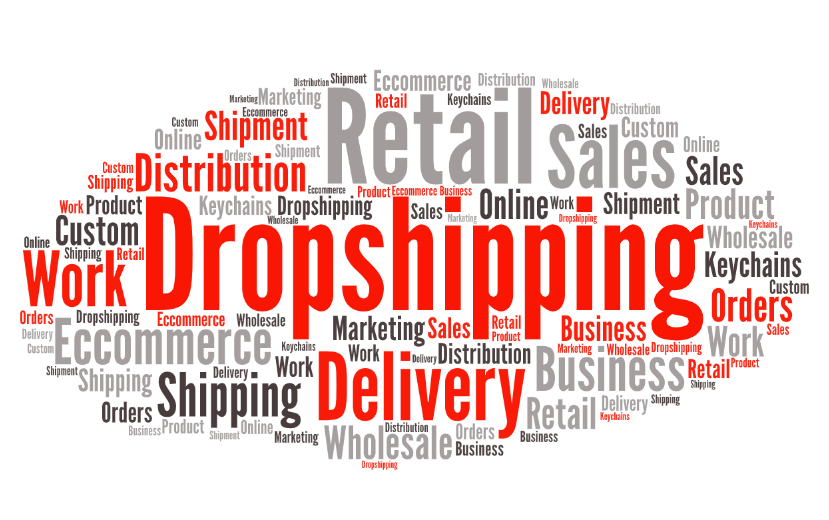Drop-shipping and inventory models provide distinct ways for companies to stay connected with their customers. Each option offers unique benefits, making the best choice depend on your resources and preferences. If you’re deciding between the two, below is a comparison of drop-shipping and stock management to help you choose effectively.
What Are the Benefits of Drop-Shipping?
The main benefits of drop-shipping include:
No Inventory Costs
Many retailers prefer drop-shipping because it eliminates the costs associated with holding stock. This model avoids stock management expenses, including storage fees, labor costs, and the risks tied to maintaining large inventories.
Easy Shipping
With drop-shipping, goods ship directly from the wholesaler or manufacturer to the customer. This streamlines logistics and reduces the investment required for owning vehicles, hiring drivers, and maintaining equipment, including tracking devices.
No Need for Bulky Inventory
Storing large and bulky items can be costly and challenging. For instance, car dealerships cannot stock every model they sell. Instead, they can display a single version for customers to test. If a sale occurs, the specific model can then be drop-shipped directly from the wholesaler.
Flexible Payments
Smaller businesses with limited cash flow often benefit from drop-shipping since they do not pay for inventory upfront. This enables them to explore a wider range of products without excessive financial risk.
Reduced Financial Risk
Although using a good Warehouse Management System (WMS) can help, overstocking remains a concern. Drop-shipping mitigates this risk by allowing companies to avoid the costs associated with unsold products, preventing excess inventory from occupying valuable shelf space.
What Are the Benefits of Stock Management?
Opting for stock management offers these advantages:
Improved Stock Control
With a stock management system, retailers gain clear visibility into stock levels, especially with a supporting WMS. This setup acts as a check-and-balance system, making it less likely for items to run out.
Immediate Fulfillment
When you store stock in a warehouse, you can pick, pack, and ship items almost as soon as orders are confirmed. This quick turnaround is crucial for eCommerce retailers, helping them remain competitive with physical stores. Delayed delivery can lead customers to abandon their purchases.
Greater Variety of Shipping Options
Holding stock allows for more flexibility in shipping choices. If you pay suppliers to ship products directly to customers, they control the courier selection, affecting shipping costs and reliability.
Quantity Discounts
With a stock management approach, you typically buy in bulk. This strategy allows you to secure better deals, increasing your profit margins and overall profitability.
Ample Storage Space
Inventory management significantly reduces concerns about storage space. With effective organization and layout, all goods remain accessible under one roof. This arrangement provides better oversight and control over stock and business progress.
How to Choose the Right Model for Your Business
Both models have advantages. Depending on your business type and setup, one may suit you better. Consider the following when making your decision:
- Assess Your Capital: If you prefer a stock inventory model, ensure you have sufficient funds available. This can be a barrier for startups without investors, making drop-shipping a preferable option. However, if you can invest in stock, this route is generally better in the long term.
- Time Management: Managing stock requires a dedicated team; it is not a one- or two-person job. You need to allocate time and resources for experienced staff to handle picking, packing, and shipping. While this approach offers more control, ensure your drop-shipping partner has reliable processes in place since they represent your brand.
- Quality Control: If quality control is a priority, managing inventory might be the best option for you, as it allows you to oversee every step of the process. On the other hand, if you are comfortable outsourcing order fulfillment, drop-shipping may suit your needs.
In summary, consider these factors carefully to choose the model that best fits your business strategies and goals.


Comments are closed